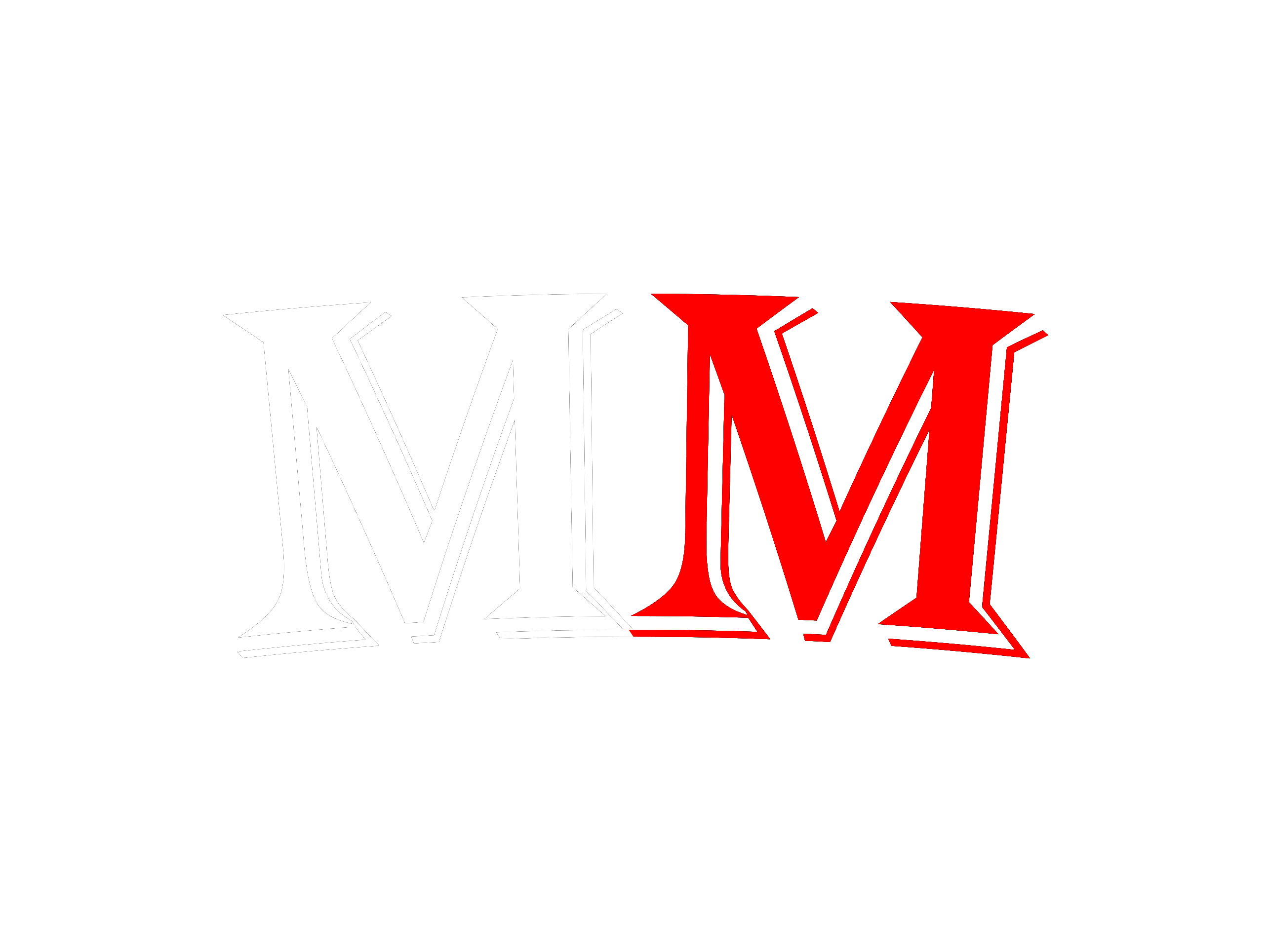The best mentalism acts have impressive visual elements that increase the excitement and amazement of the audience. There are all sorts of mentalism effects that are visual, such as:
- Design duplications
- Pendulums
- Table turning
- Spoon bending
- Revealing big predictions
- Glass walking
- Glass swallowing
For instance, here’s Derren Brown eating glass shards from a broken light bulb on The Late Late Show with James Corden:
This is just one example of visual effects that add an extra layer of “wow” to mentalist displays.
If you’re struggling with the visual aspects of your mentalism tricks, here’s all you need to know about visual mentalism and how you can use them to improve your act!
Visual Mentalism – It’s All Suggestion
We all have stories that we tell ourselves that drive our subconscious thoughts and influence our decisions — these stories can either be true or false.
Mentalists know exactly how to take advantage of this human fault and feed our subconscious with subtle suggestions that ultimately control our thinking and decision-making.
The result: psychic abilities.
When you’re trying to raise the quality of your acts, it’s important to focus on the way you deliver your story.
A professional mentalist knows that mentalism — as the name suggests — is all in the mind. Therefore, to make the visual elements in your trick more believable, you need impeccable storytelling skills.
Storytelling is what helps people piece together different parts of your tale, forming them into a complete narrative.
The more believable your story is, the more powerful the suggestion is, and the firmer your hold on your audience’s subconscious.
Visual Mentalism – How to Use the Power of Suggestion
Mentalists use the power of suggestion to get away with the majority of their tricks. There are two ways a mentalist can transmit suggestions:
- verbally (using words)
- non-verbally (using gestures or voice intonation)
Suggestions always masquerade as the truth, easily making their way into other people’s subconscious.
Watch how Derren Brown convinces shop owners to let him pay for things with paper.
Did Derren really just pay for all that stuff with paper?
You bet! And it’s all because he’s mastered the art of suggestion.
As you might have seen in the video, the suggestion doesn’t always work.
Some people are more vulnerable to it than others. The same can be said for people who are less vulnerable to hypnosis and hypnotherapy — there’s no guarantee that it will work 100% of the time.
So, how did he influence the people who did fall for the suggestion?
Alright, notice how Derren Brown asks a variety of loaded questions to the vendors as he continues to make the transaction?
This is what keeps his subject’s brain occupied, making it easier to misdirect their attention from what he’s really doing: Paying them with blank pieces of paper.
Are You Susceptible to Suggestion?
A person’s susceptibility to suggestion varies from case to case, as you can see from the example earlier.
A German psychologist, Hans Eysenck, examined the relationship between suggestion and intelligence. He conducted another study where he compared the susceptibility of each gender to suggestion.
The results from either of his studies were inconclusive. It seemed like the factors that he chose to examine played no part in determining whether a person was more susceptible to suggestion.
He was, however, able to confirm that the most susceptible to suggestions are children aged 5 to 8 years and people in the age group between 15 and 50 years old.
Susceptibility gradually decreases after the age of 50.
Mentalists using the suggestion technique should, therefore, mainly target people from these age groups.
Easy Visual Mentalism Tricks You Can Do
Here’s a couple of visual mentalism trichs you can try out:
1. Fist Full Of Dollars
This is an incredible coin routine where you can produce three (3) silver dollars at your fingertips and make all three of them disappear. It’s a great opener for any impromptu situation!
2. Single-Handed Geller
This is another coin trick that’s great for impromptu encounters. Ask to borrow a quarter from your audience and show them how you can bend this quarter using your mind.
3. The Serial Killer
You ask your spectator to take a dollar bill out of their wallet. Have them memorize the serial number. Once that’s done, have your subject fold up the dollar bill and put it under an upturned wine glass.
You can then call out the serial number!
4. Busch Brain Buster
For this trick, you’ll need a book, a deck of cards, and a prediction. Put aside your prediction and have your subject choose a word from your book and a card from your deck.
Now you can reveal your prediction to your audience.
5. Guess the Art
This trick involves a small drawing pad and a marker. Have your subject think of a thing, then have them draw it on the pad. Once they’re done, take out another pad and draw your prediction on it.
The Bottom Line
A huge part of visual mentalism is being able to mask suggestions with carefully woven stories that misdirect your subject’s attention from what’s going on. Possessing great storytelling skills is essential for every mentalist, to effectively invite the attention of your audiences and to pull them into the reality that you’ve created.
The only way you can develop flawless storytelling abilities is through practice and determination.
Have a clear structure and do your best to engage with your audience; capture their attention and win over their minds.
Lastly, when in doubt, watch what the professionals do. Learn from their achievements and their mistakes.
The more information you have, the better your chances of nailing visual mentalism on the first few tries.
Good luck!

